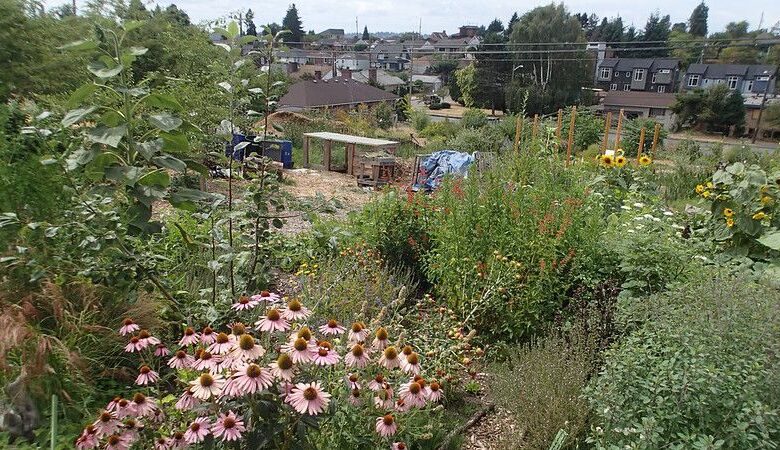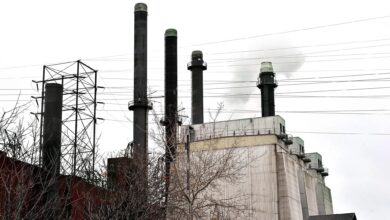
In Seattle, volunteers transformed seven acres of grass next to a busy road into the Beacon Food Forest. Photo Credit: Flickr user Jeff Wright
Environment USAWalk in Your Park – and Eat It, Too
More and more communities around the world encourage the addition of edible varieties of plants and trees to public green spaces, effectively transforming them into free outdoor buffets.
“Public food landscapes can transform public spaces from being passive scenes to view or experience at a relatively superficial level,” says Joshua Zeunert, a landscape designer and professor at the University of New South Wales in Sydney. “I think Covid has made people more aware of our utter dependence on our farmers, food retailers and the at-times mind-boggling supply chains and processes required to keep these operational.”
“Food forests” are emerging all around the world, whether it’s in the shape of public parks, community gardens, green roofs, or reclaimed lands. The idea behind public food landscapes is food-processing land accessible to the public and used for their benefit. “Eating local strengthens the entire community, and not just the food supply system,” says Chris Parry, founder of Edible Park. For example, in Detroit, Michigan, an urban garden that doubles as a public green space offer its visitors the possibility to watch live music, enjoy local art installations and take community yoga classes.



